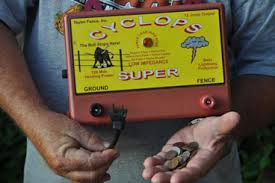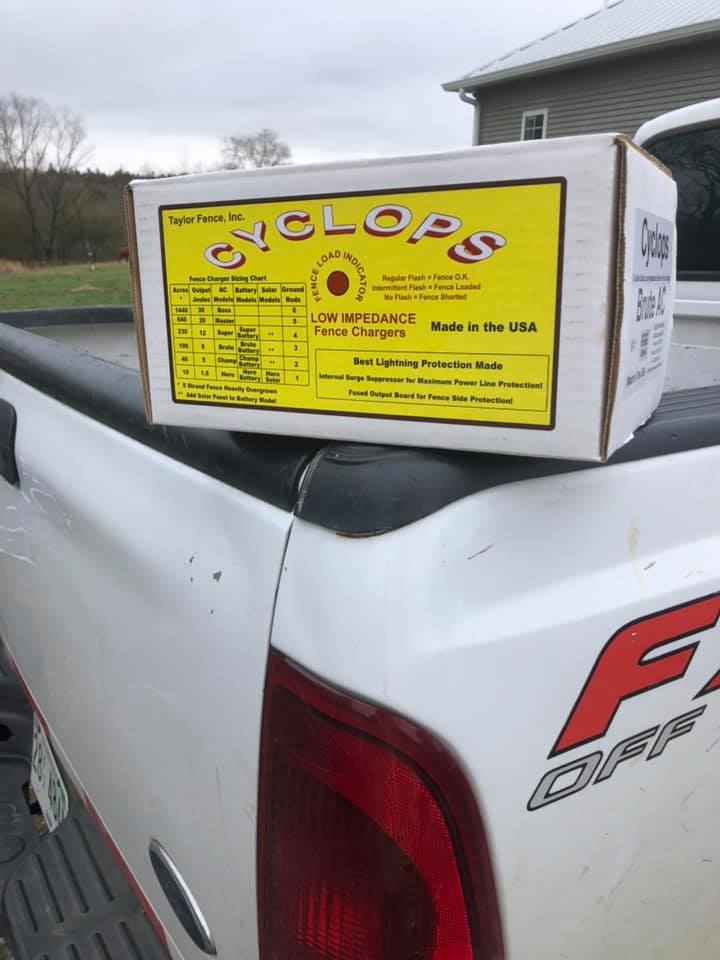- Look for and remove sources of “load.” Mow or trim under bottom strand to prevent grass and weeds from touching the fence; watch for fallen limbs or other objects on the fence or caught in insulators. (Tips: Listen for the rhythmic snap that indicates a voltage leak; follow your ears to find the source. Drag a long stick on the ground beneath the bottom strand as you walk the fence-line; it may knock away an interfering object you don’t even see.)
- Check insulators. A broken insulator can allow the fence strand to touch the post–not an immediate problem with a nonconductive wood post, but if you’re using steel T-posts a broken insulator can cause the fence to go dead when the strand touches the metal.
- Check connections. Ground-rod wires can get knocked or kicked away. Wires attaching the cable to the fence may come loose.
- Check the charger. A spider’s web built between terminals can cause it to spark.
- Check insulated cable. Look for places where the cable may be abraded, for instance where it passes through a hole cut in metal barn siding.
- Check fence strands: Look for frayed spots in poly tape–if metal fibers in the weave become separated, tape can’t conduct current.
Electric Fence News & Information
Electric Fence Maintenance Checklist
June 25, 2024


